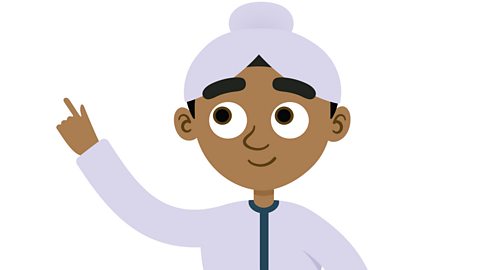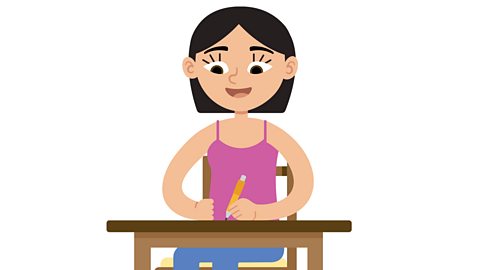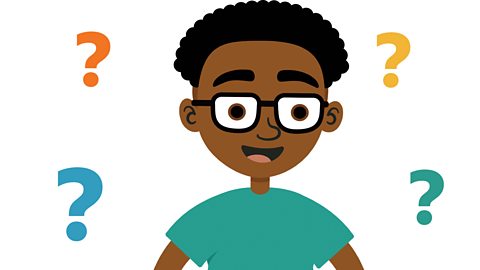Watch: Figurative language
Poetry can be used to create a clear image in your reader's mind. You can use figurative language in your poems to help you do this.
Learn how to use literal and figurative language.
What is figurative language?

Figurative language is a kind of descriptive language that doesn’t mean what it says literally.
Here are some figurative language techniques that you might already know.
Similes describe something by comparing it to something else, using like or as.
- For example: The grass was as green as an emerald.
Metaphors are words or phrases used to describe something as if it actually is something else.
- For example: He was a ray of sunshine.
Personification is when we describe objects as if they act and feel like people do.
- For example: The flower drooped sadly towards the soil.
Hyperbole is used to exaggerate, intensify and emphasise different ideas.
- For example: I've got a million things to do today.

Watch: Figurative language in poetry
Watch this video of poet Joseph Coelho explaining how figurative language can be used when writing a poem.
Making pictures with words with Joseph Coelho.
Figurative writing techniques

Here are some more figurative writing techniques that you might know.
Alliteration is when you repeat the sounds at the start of words.
- For example: The tall tree towered over them.
Onomatopoeia is when words sound like the noise they are describing.
- For example: Roar! Whizz! Pop!
You can also write about the five senses (smell, taste, touch, sight and sound) to bring a poem to life for your reader.
Try including some of them in your own poems to make them even more interesting.

Activity 1
Can you match the different types of figurative language to the correct example? One has been done for you.
Top tip! Assonance is when a vowel sound is repeated in words close together. You might want to match this one up last.

Activity 2

Think about a familiar setting. It could be your classroom, the playground, the park, the supermarket or your home. Close your eyes and imagine you are there.
Now, write three examples of personification and three examples of onomatopoeia related to your setting.
Here are some examples about a garden:
| Personification | Onomatopoeia |
|---|---|
| The lights seemed to wink at each other. | Crunch (leaves) |
| The flowers danced in the wind. | Crash (bins) |
| The leaves chased each other into the gutter. | Splash (rain) |

Challenge:
Can you write a sentence using alliteration related to your chosen setting.
For example: The hungry, hedgehog hovered and hesitated near the plant pots.
Play our fun English game Crystal Explorers. gamePlay our fun English game Crystal Explorers
Use grammar, punctuation and spelling skills to explore jungles, caves and tombs on your mission!

More on Poems
Find out more by working through a topic
- count2 of 2
